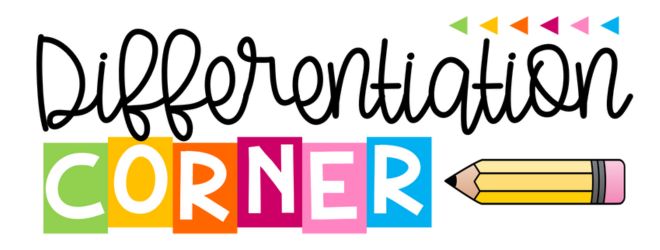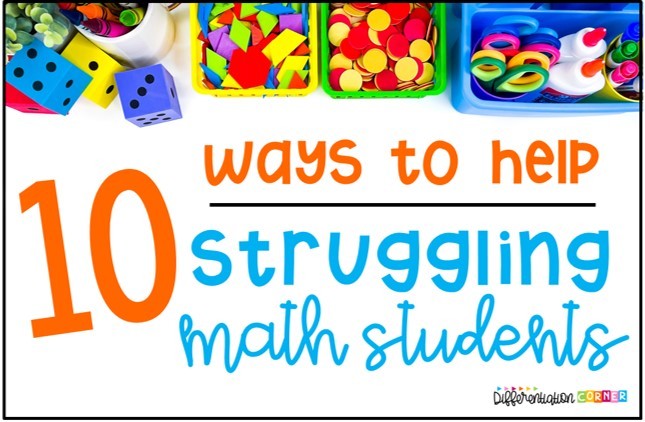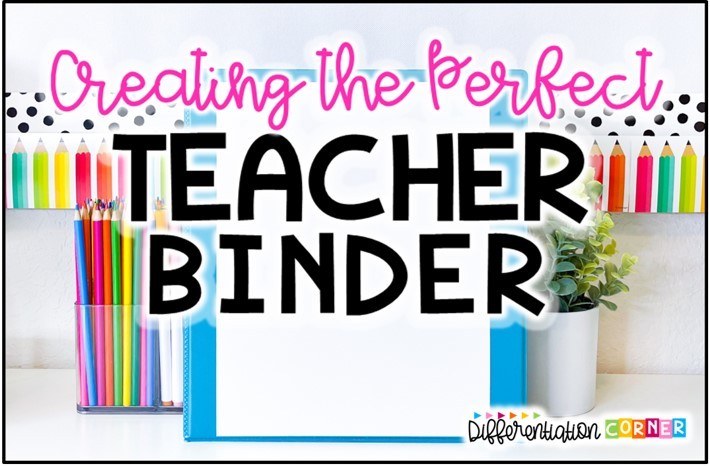A lot of teachers have asked me how they can help their students struggling in math. We know that math can be an intimidating subject for many students. There has always been a wide range of abilities in a classroom. Since COVID, it seems like the range is even wider.
As teachers, we want to make sure that all our students have the opportunity to succeed and feel confident in math. Struggling math students need our guidance and support to build a strong foundation in this essential subject. In this blog post, I will share some practical and effective strategies for helping struggling math students in the classroom.
Diagnose the Problem
The first step in helping struggling math students is to identify the root of their difficulties. Where is their understanding tangled? Are they struggling with number sense and place value, addition and subtraction, or problem-solving skills? By diagnosing the specific problem, you can tailor your support to address their needs effectively.
Build a Strong Foundation
Before moving on to more complex topics, ensure that struggling students have a solid grasp of foundational concepts. Spend extra time reinforcing number sense, mathematical operations, math facts and fraction fundamentals. A strong foundation gives your students helps them have the confidence to tackle more advanced math later on.
Manipulatives
Manipulatives are invaluable tools in the math classroom. They make abstract concepts more tangible and concrete so that struggling students visualize and understand mathematical ideas. You can use tools like number lines, counters, and geometric shapes to illustrate the skill you’re teaching.
Visual Aids and Math Anchor Charts
During independent work time, students can make excellent use of mini math anchor charts and posters as references to reinforce their understanding of key mathematical concepts. These mini charts, within easy reach, serve as quick reminders of formulas, rules, or problem-solving strategies. When tackling a challenging word problem, students can glance at an anchor chart to help them with finding the keywords. It helps them stay on track while working independently and reduces the reliance on you for clarifications. These visual aids not only enhance understanding but also empower students to become more efficient learners and feel confident.
I use this math office with mini anchor charts. Students have this in their desk and can grab it whenever they need to use it! In years past I have glued these math anchor charts into math interactive notebooks too. This year we’re also using them as privacy folders to help us keep our eyes on our own work!
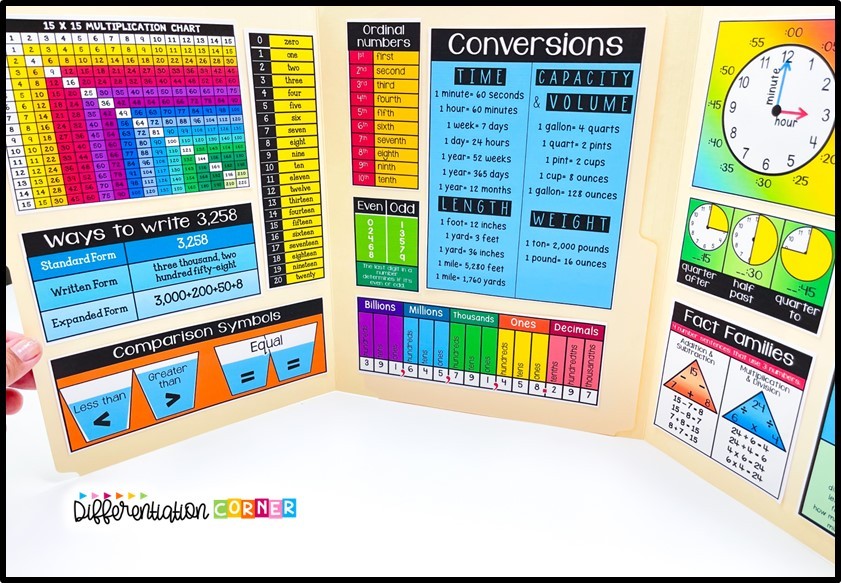
Small Group Instruction Like Guided Math Workshop
Small groups allow for more personalized instruction from the teacher. You can provide reteaching and watch them closely while they practice. Giving students immediate feedback that customizes your instruction to meet their needs is priceless! Students need to complete practice problems correctly so that it doesnt become deeply rooted in their understanding. Catching these misconceptions early is so helpful!
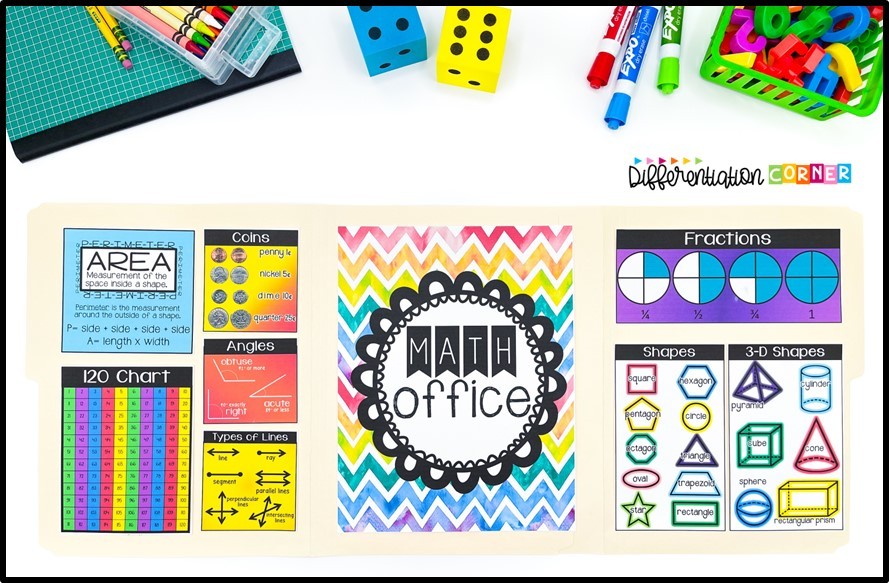
Differentiated Instruction in Small Groups
As teachers, we know that not all students learn at the same pace or in the same way. Implement differentiated instruction by providing various learning materials, levels of difficulty, and alternative methods of assessment. Some small groups may still use math manipulatives, while other students are using whiteboards and markers. It’s important to meet students at their current level of understanding and grow from there. This way you can make sure every student receives the support they need. Math task cards are an easy way to differentiate your math instruction and practice problems!
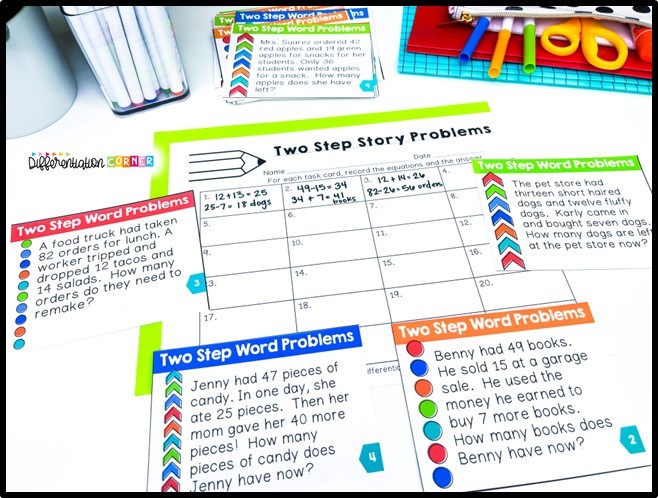
Real-World Applications
Make math relevant by showing students how it is used in the real world. Relate math problems to everyday situations, such as budgeting, cooking, or building. You can tell them about a time you used this type of math at home, making a craft or doing a project, or at a store. Give them examples from a variety of careers, like sports stats, the rhythm in music, and measuring in construction and engineering! Taking the time to teach the “why” behind the concept is a good investment of instructional time. When students see the practical applications of math, they become more motivated to learn and invested in the process. This has helped me create interest from several of my special education students.
Technology Integration
Embrace technology in the classroom to engage struggling students. There are SO MANY math apps and websites available that can make learning more interactive and enjoyable. These resources can help students practice and reinforce math concepts independently. I personally use Boom Cards the most in my classroom. Boom Cards are digital task cards where students get immediate feedback while working independently. That means that I can be doing a math rotation with another small group of students! WIN WIN!
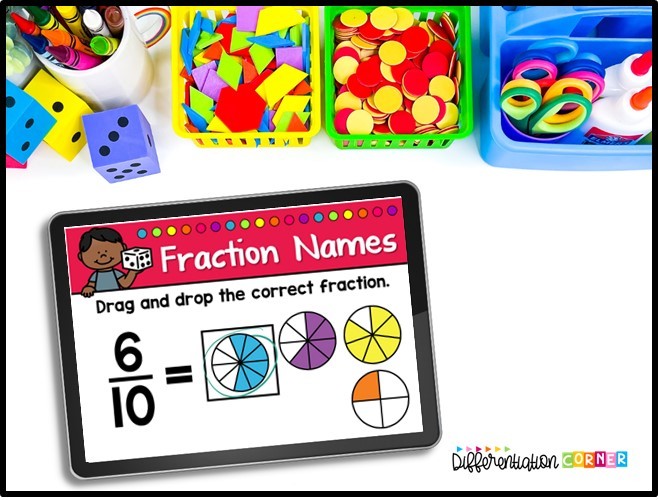
Gamify Your Math Lessons
You can incorporate math games into your math lesson plans. Games can make learning fun and motivate those reluctant students to engage. I create games out of my math task cards so students can review important key math concepts we’ve already learned.
Positive Reinforcement
Creating a positive and encouraging classroom environment is SO important. Praise students for their efforts and improvements, no matter how small. Make a point to celebrate even the small wins. Sometimes I would have students call home to their parents to tell them about how fast they completed their math facts practice, or how hard they worked on an assignment. Building their confidence and self-esteem is crucial to their success in math.
Teach students that it’s okay to make mistakes and that effort leads to growth. A growth mindset can help struggling students develop a more positive attitude towards math. When students make mistakes, I tell them, “That’s why pencils have erasers. Everyone makes mistakes!” When I make a mistake, I talk about the mistake to help students normalize mistakes and so they can realize that grownups make mistakes too. It’s just a part of being a human!
Helping struggling math students in the classroom requires patience, dedication, and a willingness to adapt your teaching strategies. Our role as teachers is more than just teaching math skills and concepts. We should also guide our students to ask questions, be curious, and nurture their resilience.
Remember that each student is unique, and what works for one may not work for another.
By diagnosing the problem, building a strong foundation, and implementing various support strategies, we can empower our struggling math students to unlock their full potential and succeed in this crucial subject.
